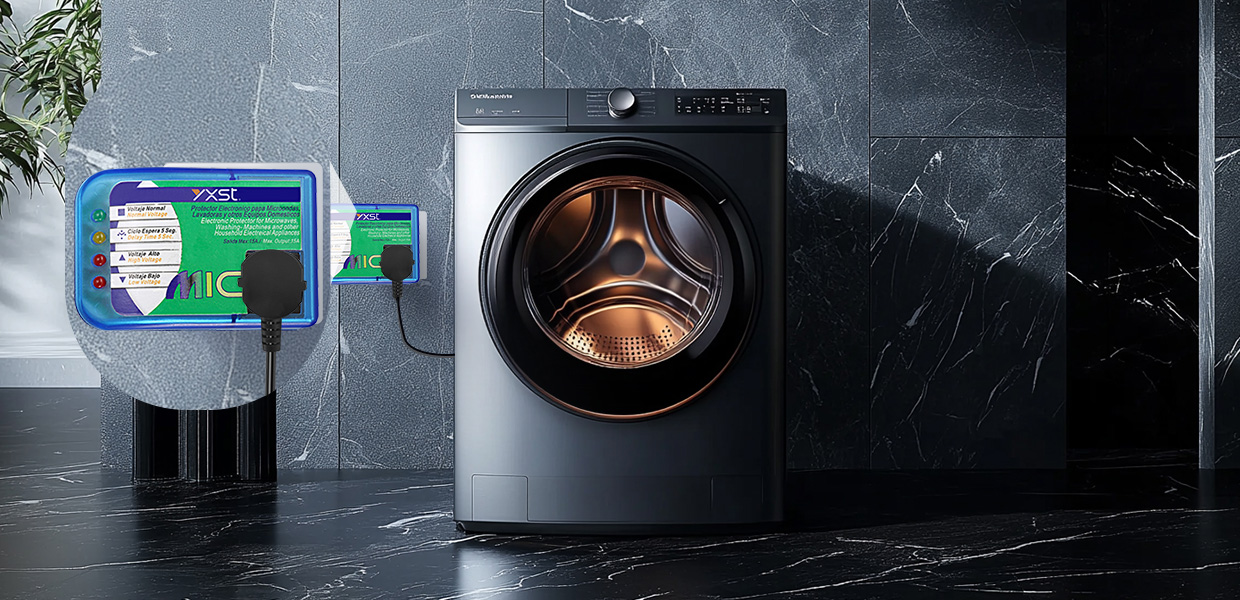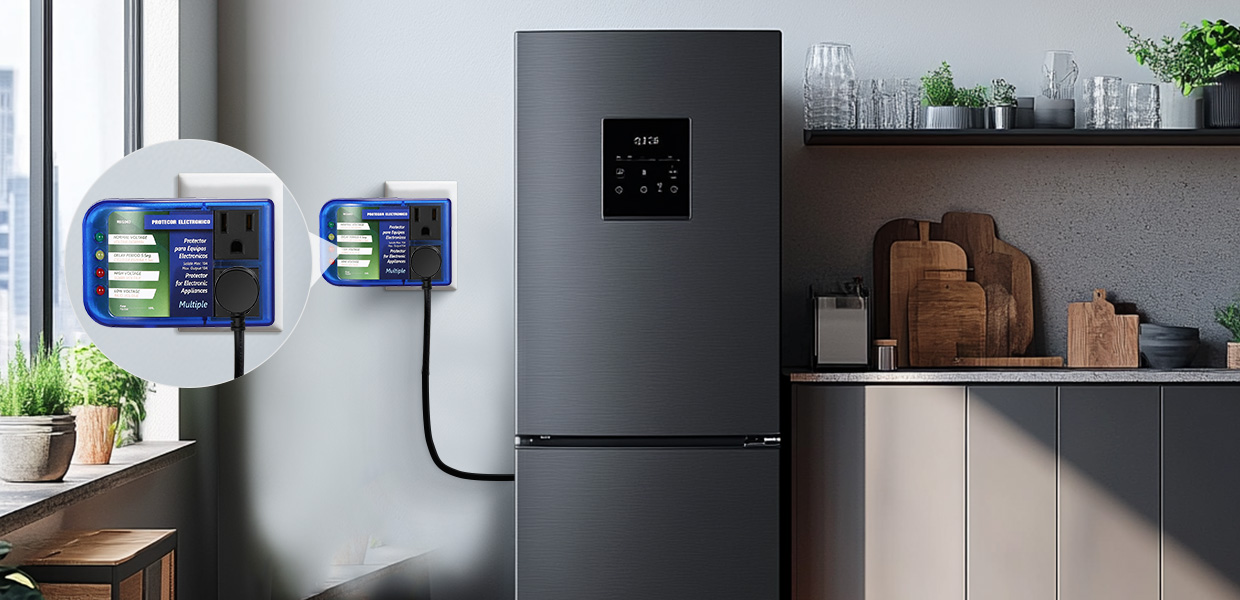Relationship between undervoltage protector and surge protector
Date:2025-01-13 Click:930
First, undervoltage protectors are mainly used to protect load devices from abnormal drops in grid voltage. When the grid voltage is lower than the set value, the undervoltage protector automatically cuts off the circuit to prevent the load equipment from being damaged by voltage instability. This protector plays an important role in ensuring that the equipment operates within the normal voltage range and extending the service life of the equipment.
Surge protectors are designed to prevent surge voltages in the grid from causing damage to equipment. Surge voltages may be caused by transient overvoltages such as lightning strikes and switching operations, and these voltage shocks may have a destructive effect on equipment. Surge protectors quickly discharge these transient surges through components such as varistors and gas discharge tubes, and introduce them into the earth, thereby building a solid safety line of defense for the electrical equipment at the back end.
In terms of function and application, undervoltage protectors and surge protectors have different focuses. Undervoltage protectors focus more on dealing with the instability of daily power supply voltage to ensure that the equipment operates within a safe voltage range. Surge protectors focus on resisting extreme instantaneous high-voltage shocks such as lightning surges, and are an important part of the lightning protection system.
In addition, there are differences in the response speed between the two. Surge protectors are usually known for their ultra-fast response speed at the nanosecond level, and can respond to voltage anomalies in a very short time. The response speed of undervoltage protectors is relatively slow, usually at the millisecond level, but even so, it is enough to cut off the circuit in time when the voltage is abnormal to protect the equipment from damage.
In summary, although undervoltage protectors and surge protectors are both voltage protection devices, they have significant differences in functions, application scenarios, and response speed. In practical applications, the appropriate protector should be selected according to specific needs and equipment characteristics to ensure the safe and stable operation of the equipment.



